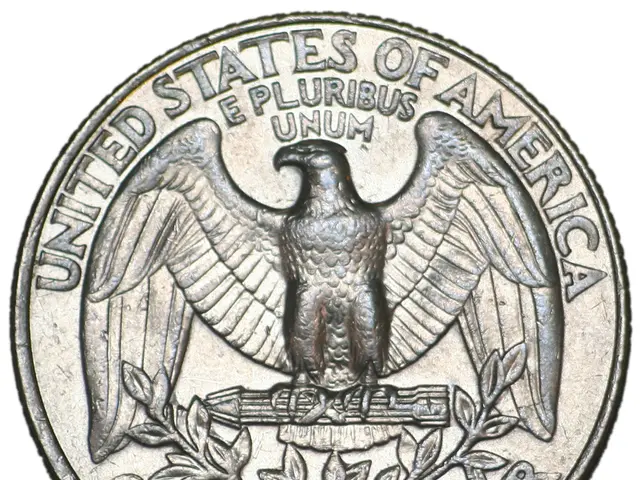Temporary Tariff Reduction: Sino-US Trade Dispute Eases For Now
- ~1 min read
Tariff Reduction Deal: U.S. and China Lower Reciprocal Customs Duties - Initial accord: China and United States lower reciprocal tariffs
China and the United States have reached an interim agreement, temporarily lowering their respective tariffs in the ongoing trade conflict. The 90-day agreement comes following talks in Geneva.
U.S. Tariffs Drop Dramatically
American tariffs on Chinese goods will see a drastic drop, from a staggering 145% to a more manageable 30%. Meanwhile, China will reduce tariffs on US imports from 125% to 10%.
Both delegations declared progress in the negotiations. However, they remained tight-lipped about specific details, with Chinese state media reporting an agreement on establishing a consultation mechanism for economic and trade issues.
US Praises Agreement, China Stays Positive
According to US reports, both parties reached an agreement, potentially dismantling the stalemate in the trade conflict. The talks in Geneva, led by US Treasury Secretary Scott Bessent and US Trade Representative Jamieson Greer, sparked hope for better trade relations and economic growth.
Tensions between these two global economic powers have escalated, with tariffs significantly impacting trade between the two nations and causing ripples in the global economy.
The Big Picture
While this agreement offers a breather, it's crucial to acknowledge the complexities and uncertainties in US-China trade relations that remain unaddressed. Here's what you need to know:
- Tariff Reduction: The agreement includes a reduction in tariffs. The U.S. will lower tariffs on Chinese imports, while China will reduce tariffs on US goods.
- Consultation Mechanism: Both sides have agreed to establish a mechanism for regular discussions to address trade issues and facilitate future negotiations.
- Critical Minerals: The agreement also includes the relaxation of China's critical minerals export restrictions.
The 90-day agreement could help ease inflationary pressures, improve business confidence, and stabilize supply chains. However, the U.S.'s reliance on temporary trade measures could continue to impact its long-term economic resilience and global leadership.
For sectors like agriculture, the agreement is seen as an opportunity to level the playing field. Overall, this agreement offers a delayed truce, but the future of US-China trade relations remains uncertain.
- The Commission has also been consulted on the draft budget, considering the impact of the tariff reduction on various industries such as finance, business, and general-news sectors.
- The interim agreement between China and the United States has attracted attention from various sectors of society, including politics and industry, as it has the potential to influence the financial landscape and business opportunities.
- The temporary tariff reduction could significantly impact both local and international business, finance, and political dynamics, providing a 90-day window for further discussions and consultations on complex trade issues.








